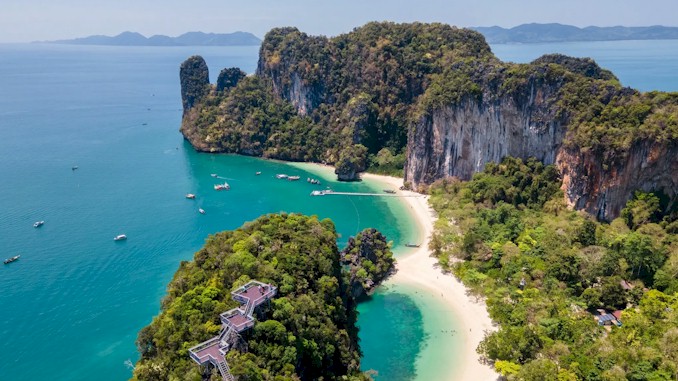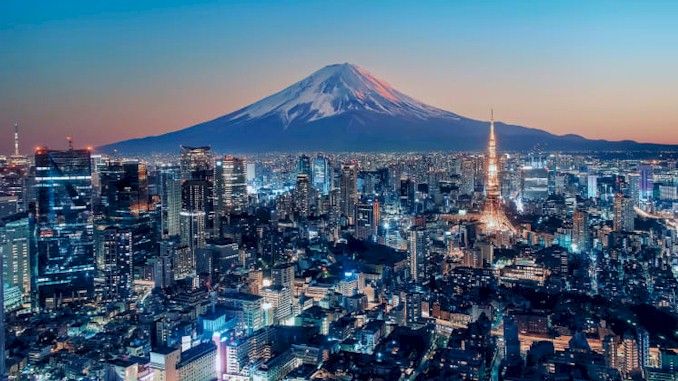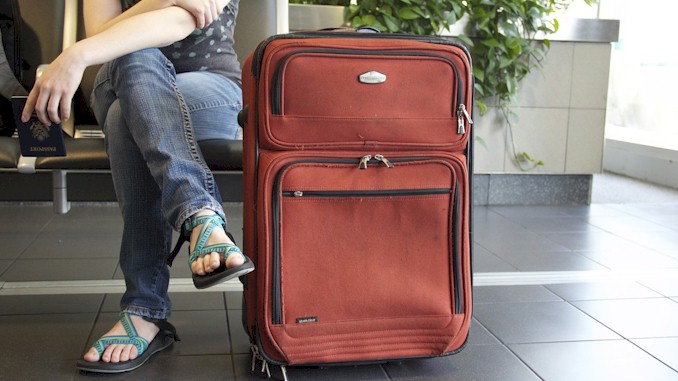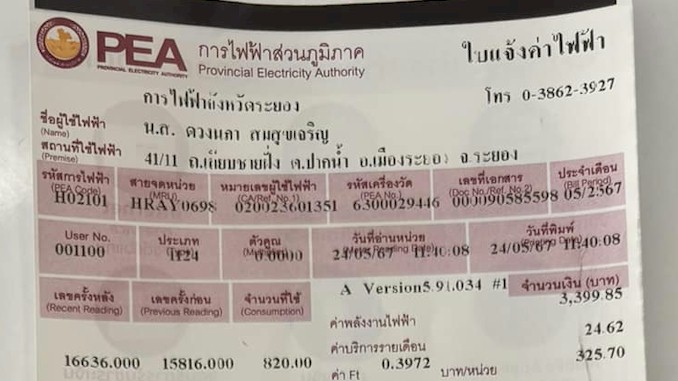Best Time to Visit Krabi Thailand: A Seasonal Guide
I love traveling, and I know firsthand how important it is to select the perfect time to visit an area. I am planning to visit Krabi and if you, like me, are also planning a trip to there, I have written this article to guide you through the perfect time to visit Krabi.
The optimal time to visit Krabi, Thailand, is during the dry season, which spans from November to April. This period offers splendid weather, with clear skies, pleasant temperatures, and minimal rainfall, allowing visitors to fully relish the region’s stunning beaches, vibrant marine life, and captivating limestone formations.
In the following paragraphs I will delve deeper into the best times to visit Krabi and what to expect during each season so that you can choose which time suits you best.
Peak of Perfect Weather: November to February
The sweet spot for ideal weather in Krabi falls between November and February. During these months, Krabi showcases its most inviting climate, catering to a wide range of outdoor activities. With average temperatures spanning 25°C to 32°C (77°F to 89°F), you’ll experience the perfect blend of warmth and comfort. The sun’s rays are gentle, making it enjoyable to soak up the sun without feeling overheated. As the day winds down, a pleasant atmosphere sets the stage for leisurely exploration of local markets, delightful beachfront meals, and relaxed walks along the coastline.
This period is characterized by clear skies that dominate the landscape. The sunlight plays upon the iconic limestone cliffs and brings the underwater world to life, creating a paradise for photography and nature enthusiasts. Moreover, the sea remains calm during these months, inviting you to engage in water-based activities like snorkeling, kayaking, and island hopping with ease. This window of time perfectly encapsulates Krabi’s tropical charm, offering a tapestry of stunning vistas and endless opportunities for exploration.
As you plan your trip, remember that the perfect weather also attracts a surge of tourists. This means that accommodations and popular sites can get crowded. To make the most of your visit during this peak season, it’s wise to plan ahead and make reservations in advance. As we delve deeper into the details of Krabi’s seasons, keep in mind the balance between the advantages and potential challenges. This will help you design an itinerary that aligns with your preferences and travel goals.
Embracing the Shoulder Season: March and April
While slightly warmer temperatures and a gentle uptick in humidity begin to color the landscape, these months offer a quieter and more serene experience for those who seek a balance between exploration and relaxation.
March and April mark a transitional phase where Krabi gently shifts from its peak weather season. The temperatures rise slightly, averaging around 26°C to 34°C (79°F to 93°F), embracing a warmer embrace that beckons outdoor enthusiasts and sun-seekers. This change is often met with fewer crowds compared to the peak months, allowing visitors to embrace a more serene atmosphere at popular spots like Railay Beach and Ao Nang.
This period presents an ideal opportunity to delve into Krabi’s diverse landscapes. The warm yet not sweltering weather invites adventurers to explore the region’s lush interiors, from verdant jungles to limestone karsts. Trekking, hiking, and exploring the network of caves become more inviting, providing a different perspective on Krabi’s natural beauty.
While water activities remain a significant draw during this season, the slightly warmer sea temperatures in March and April can be enticing for those who enjoy aquatic adventures. Snorkeling and diving enthusiasts will find the conditions favorable for exploring vibrant underwater ecosystems. Additionally, the tranquil beaches offer a chance to unwind without the peak-season crowds, allowing for a more personal connection with the coastal splendor.
It’s important to note that the gentle transition into the shoulder season also ushers in a slight increase in humidity. While still far from the heavy rainfall of the monsoon season, you might notice a more pronounced tropical feel in the air. Staying hydrated and wearing breathable clothing can ensure your comfort as you continue to explore the outdoors.
For travelers who cherish a quieter experience and are willing to navigate a bit of warmth, March and April can offer a value-packed visit. Accommodation rates may be more favorable compared to the peak season, and popular attractions are likely to be less crowded. However, as you plan your trip, remember to account for the evolving weather and adjust your activities accordingly.
Embracing Krabi’s shoulder seasons of March and April can grant you a unique perspective on the destination. With a balanced blend of warmer temperatures, fewer crowds, and ample exploration opportunities, you can find solace in the quieter side of Krabi while still savoring its captivating landscapes and coastal allure.
Navigating the Interim: May to July
While this period brings with it an increase in rainfall and humidity, it also unveils a quieter side of Krabi that appeals to those seeking a more introspective and budget-friendly experience.
May to July marks the onset of the monsoon season in Krabi. Rainfall becomes more frequent, and the humidity level escalates. As a result, the number of tourists starts to dwindle during these months, giving way to more serene exploration opportunities. While some outdoor activities may be affected due to the weather, the upside is that you’ll encounter fewer crowds at popular sites and attractions.
Despite the rain, this season holds its own charm for travelers who appreciate the beauty of rain-kissed landscapes. The lush greenery becomes even more vibrant, and the waterfalls that dot the region are at their most majestic. Exploring Krabi’s interior during this time can lead to hidden treasures and a unique perspective on the destination’s natural wonders.
With the increase in rainfall, it’s a good idea to have rainy-day alternatives in your itinerary. Exploring indoor attractions like museums, art galleries, and traditional Thai markets can provide insight into Krabi’s culture and heritage. Engaging with local communities and partaking in cultural experiences can enrich your visit and offer a deeper connection to the destination.
For budget-conscious travelers, the interim months of May to July present an opportunity to experience Krabi with potentially reduced accommodation rates. Hotels and resorts often offer lower prices during this off-peak season. Additionally, negotiating for activities or tours might be more feasible due to decreased demand, allowing you to make the most of your visit without breaking the bank.
When traveling to Krabi during the interim season, packing essentials like a lightweight rain jacket, comfortable shoes for wet conditions, and insect repellent becomes crucial. Flexibility is key, as you may need to adjust your plans based on the weather. While some outdoor activities might be limited, taking advantage of the cultural and indoor offerings can ensure a fulfilling experience.
Navigating the interim months of May to July presents a chance to experience Krabi from a different perspective. The quietude brought by the fewer crowds, the allure of rain-drenched landscapes, and the budget-friendly nature of this season create an environment ripe for introspection and discovery. By embracing the changing weather and planning thoughtfully, you can unlock the lesser-seen facets of Krabi’s allure and forge a unique connection with this captivating destination.
Monsoon Musings: August to October
While the prospect of increased rainfall and occasional storms may deter some travelers, those who embrace the unique allure of this season will find a quieter, more intimate side of Krabi that holds its own charm.
August to October marks the monsoon season in Krabi, characterized by higher rainfall and the occasional tropical storms. While these weather conditions may sound daunting, they bring forth a quieter atmosphere as fewer tourists venture to the region during this time. Attractions and popular spots are less crowded, allowing you to explore and appreciate the beauty of Krabi’s natural wonders without the bustling crowds.
The monsoon season brings about a vibrant transformation of Krabi’s landscapes. The lush greenery flourishes with renewed vigor, and the waterfalls swell to their fullest. The dramatic contrast of rain-soaked jungles against the backdrop of limestone cliffs creates a stunning visual tapestry that appeals to travelers with an eye for natural beauty.
While outdoor activities might be limited due to the weather, the monsoon season offers an opportunity to engage in cultural experiences and indoor attractions. Visiting local museums, art galleries, and participating in traditional Thai cooking classes can provide insights into Krabi’s heritage and culture. This period encourages a deeper connection with the local community and a chance to uncover hidden gems beyond the rain.
Embracing the monsoon season allows for a unique form of travel—one that’s characterized by serene reflection and intimate exploration. The rhythmic sound of raindrops against foliage, the misty allure of limestone formations, and the serenity of less-visited beaches paint a portrait of Krabi that’s a world away from the peak-season vibrancy. It’s an opportunity to truly connect with the destination in a way that’s distinctly different and deeply enriching.
For travelers seeking to make the most of their budget, the monsoon season offers cost-effective accommodations and tours. Reduced demand during this time often translates to lower prices, making it an attractive option for those looking to experience Krabi without breaking the bank. Moreover, the opportunity to engage with locals on a more personal level can lead to authentic encounters that unveil the heart and soul of Krabi’s communities.
The monsoon season of August to October offers a chance to embrace the ebb and flow of Krabi’s weather patterns. While it’s essential to be prepared for rain and potential storms, the rewards of experiencing Krabi’s quieter, more contemplative side are immense. This season invites you to see the destination from a different angle, encouraging a deeper connection and a more profound appreciation of Krabi’s natural and cultural splendors.
Choosing Your Time Wisely: Factors to Consider
Selecting the perfect time to visit Krabi involves weighing the advantages and disadvantages of each season. To help you make an informed decision, here’s a comprehensive overview of the pros and cons associated with each season:
| Season | Pros | Cons |
|---|---|---|
| November to February | Optimal weather; clear skies; ideal for outdoor activities; vibrant marine life. | Peak tourist season; higher prices; crowded attractions. |
| March and April | Pleasant temperatures; fewer crowds; lush landscapes. | Gradually increasing warmth; minimal sea activities. |
| May to July | Reduced crowds; budget-friendly; vibrant landscapes. | Higher humidity; increased rainfall; limited outdoor activities. |
| August to October | Quieter ambiance; lush greenery; budget-friendly prices. | Frequent rain; occasional storms; limited outdoor experiences. |
Factors to Consider:
- Weather Preferences: If you prefer mild and dry weather, November to February is ideal. March and April offer warm temperatures, while May to July brings occasional rain. August to October is the monsoon season with more rainfall and occasional storms.
- Crowd Levels: November to February is peak season with more tourists. March and April are quieter, while May to July and August to October have fewer crowds due to the shoulder and monsoon seasons.
- Outdoor Activities: November to April is optimal for water sports and beach activities. May to July offers rain-kissed landscapes and indoor exploration. August to October encourages cultural experiences and quiet reflection.
- Budget Considerations: May to July and August to October are budget-friendly due to reduced accommodation rates and fewer tourists. November to February often comes with higher prices.
- Landscape Aesthetics: If you appreciate vibrant greenery, visit during the monsoon season (May to October). November to April showcases clear skies and iconic limestone formations.
- Rainfall and Humidity: May to October brings increased humidity and rainfall, while November to April has drier conditions.
Ultimately, your choice depends on your preferences, tolerance for weather variations, and the type of experience you seek. Each season offers a distinct perspective on Krabi’s beauty, ensuring that there’s a perfect time for every traveler to immerse themselves in this captivating destination.







